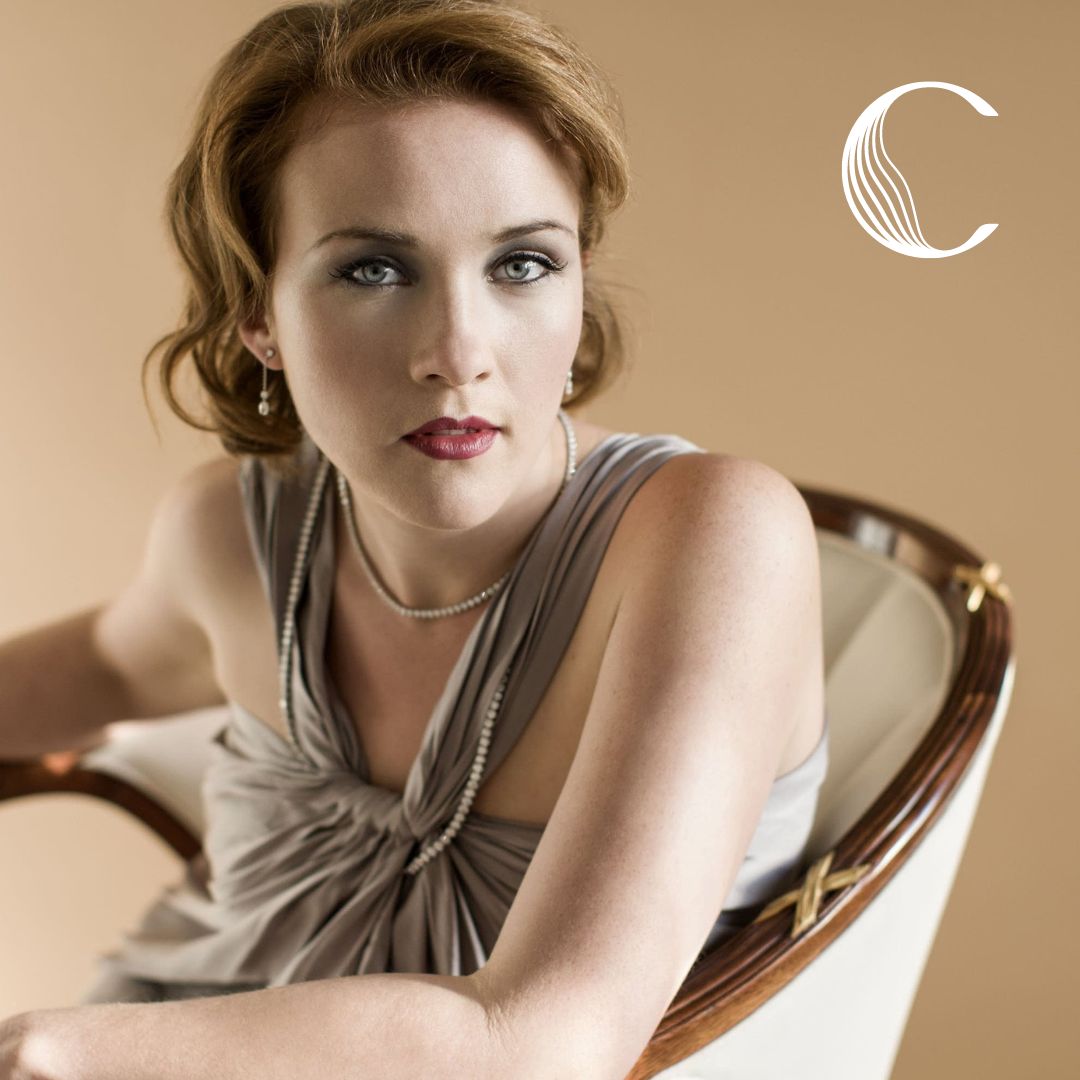
Join our email list to receive the latest info on our upcoming season.
Claude Debussy (1862-1918), the French composer known for his adventurous harmonies and sumptuous orchestrations, developed a late interest in the formal tradition of the sonata. He completed two during a summer vacation in 1915 (one for cello and piano, the other for the novel combination of flute, viola and harp), and then he produced the Sonata in G Minor for Violin and Piano in 1917. The debut performance that September turned out to be Debussy’s last public concert, and he left three other sonatas unfinished when he died the following spring.
The Violin Sonata distills Debussy’s signature sound into a lean, precise language that observes the spirit if not the letter of sonata-form rules. As expected in the first movement, the home key of G-minor returns after an excursion to a contrasting key, but the original themes come back fragmented and transformed by their contact with the opposing material. There is no slow movement, just a middle movement defined as an Intermezzo, with a tempo indication of “fanciful and light.” Again there is a sense of transformation within the brief span of the movement, with the biting, scherzo-like opening material becoming more gracious by the end. The finale awakens gradually, and it moderates its exuberance with lyrical passages and capricious mood changes, only reaching maximal intensity in the closing measures.
Igor Stravinsky (1882-1971) secured his lasting fame with the three scores he composed for the Ballets Russes before World War I, culminating with shocking ritualism of The Rite of Spring. When he reunited with Serge Diaghilev and company in 1920, their latest ballet collaboration (including sets and costumes by Picasso) represented a startling change of direction for Stravinsky, marking the arrival of his “neoclassical” obsession that lasted some thirty years. Using source music thought to have come from the Italian Baroque composer Pergolesi, Pulcinella paid homage to the masked antics of Commedia dell’arte, a centuries-old form of comic theater. In collaboration with the cellist Gregor Piatigorsky, Stravinsky arranged selections from the ballet into this Suite Italienne for cello and piano in 1932. His other main recital partner, Samuel Dushkin, created the violin version the next year.
Edvard Grieg (1843-1907) was the first great Scandinavian composer. His studies in Leipzig grounded him in the Germanic tradition, but upon his return to his native Norway he delved into local folk music and launched a national music academy. His first two violin sonatas were products of that early career phase dedicated to nationalist ideals, but then he waited nearly twenty years to return to the genre for his Violin Sonata No. 3 in C Minor (Op. 45), which turned out to be the last piece of chamber music he completed. Grieg himself noted the “wider outlook” in his final sonata, written at a time when he split each year between periods of composing at his idyllic villa overlooking a fjord and international tours playing and conducting his own music. Beneath all the passionate lyricism (especially its middle movement in the style of a Romance), the sonata’s taut construction and thematic cohesion point to Grieg’s deep grasp of the German-Austrian lineage rooted in the sonatas of Mozart and Beethoven.
© 2019 Aaron Grad.
CMSPB does not discriminate on the basis of race, gender, creed, ethnicity, religion, sexual orientation, age or disability and we are a 501(c)(3) nonprofit organization.
Site maintained by Teller | © 2020-2022 Chamber Music Society of Palm Beach | All rights reserved.